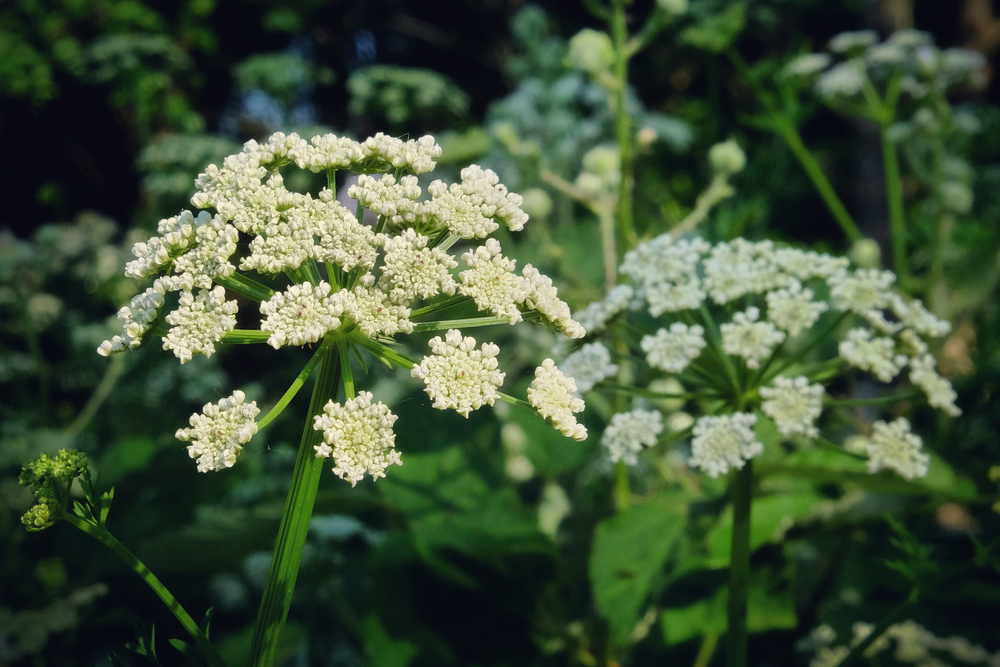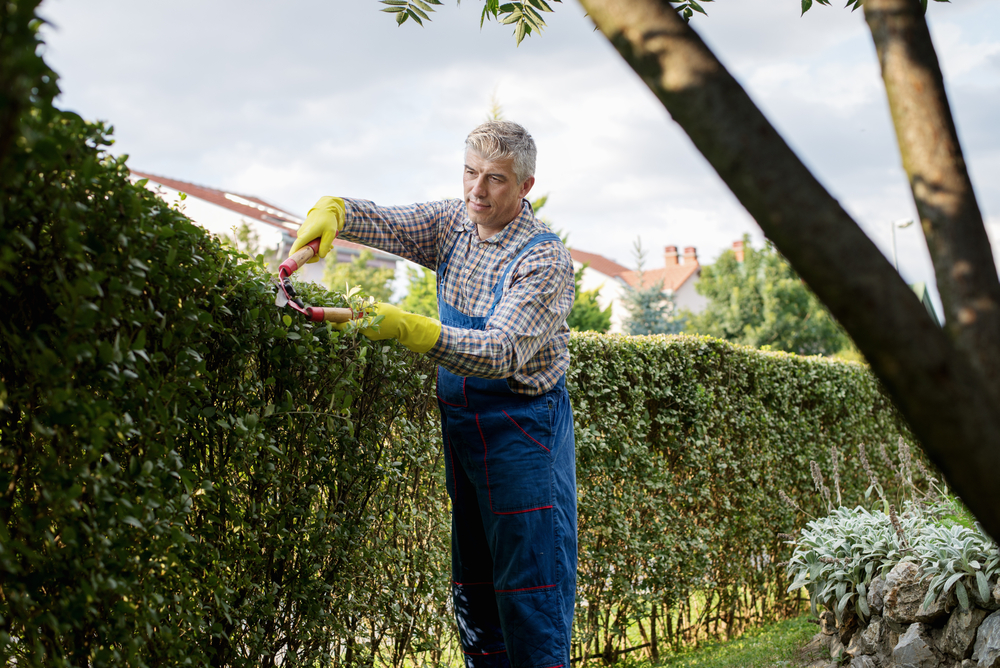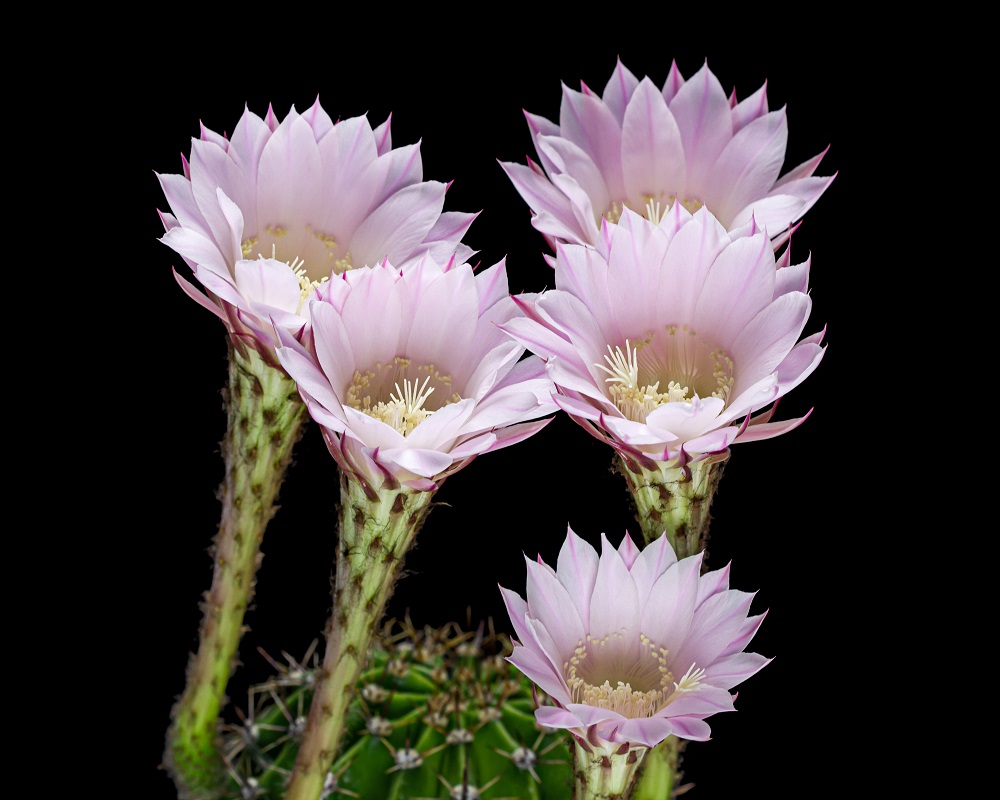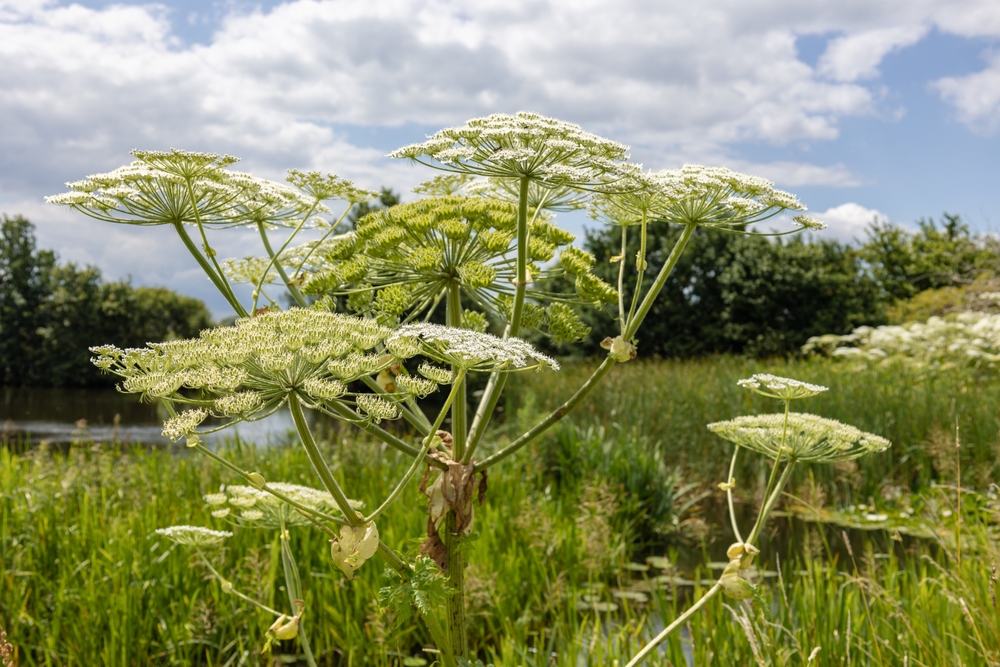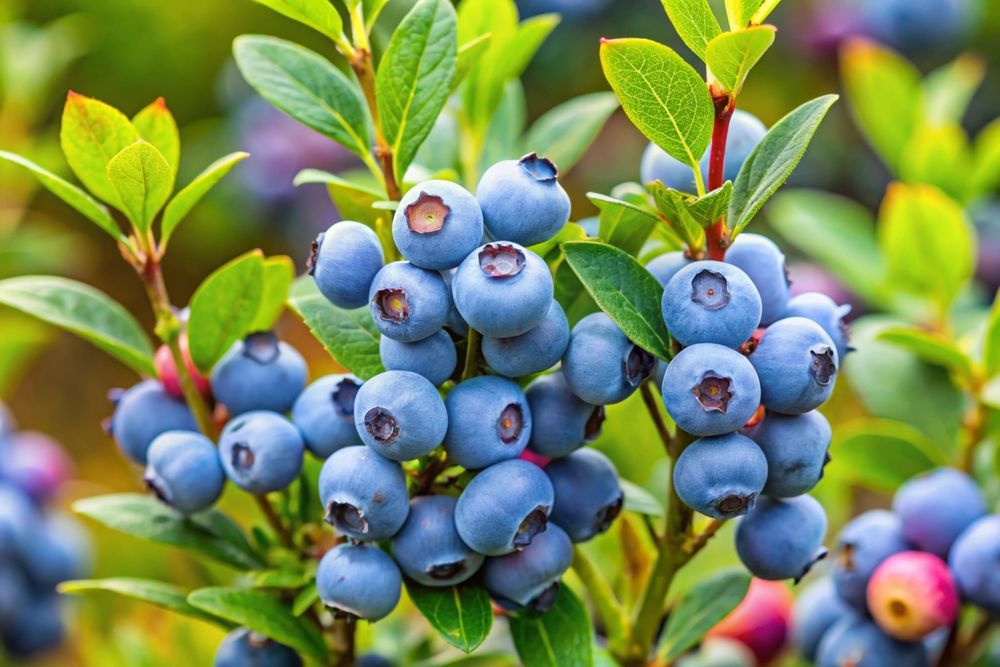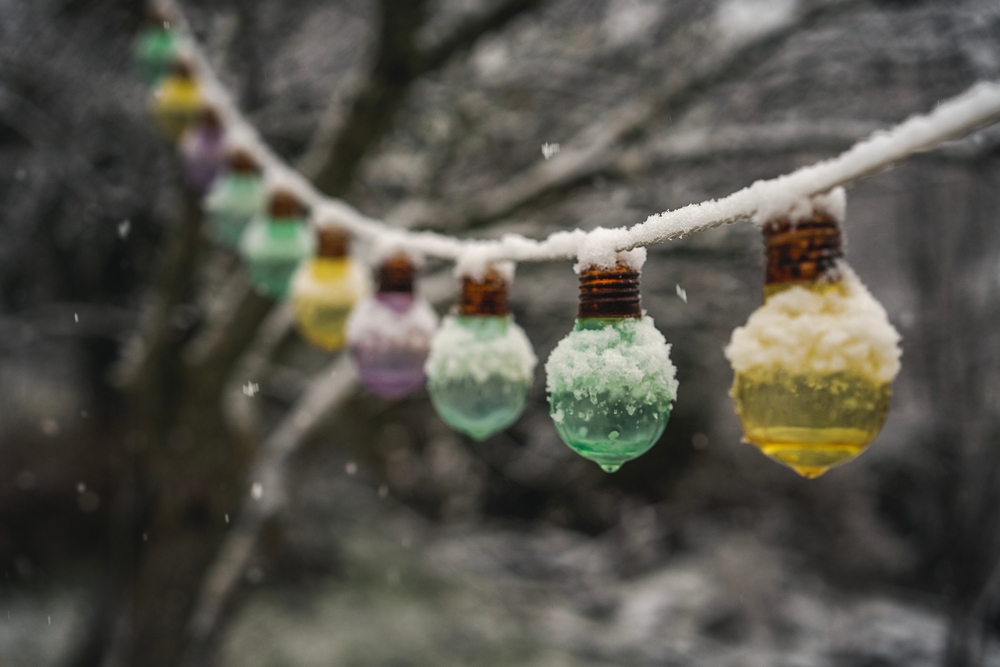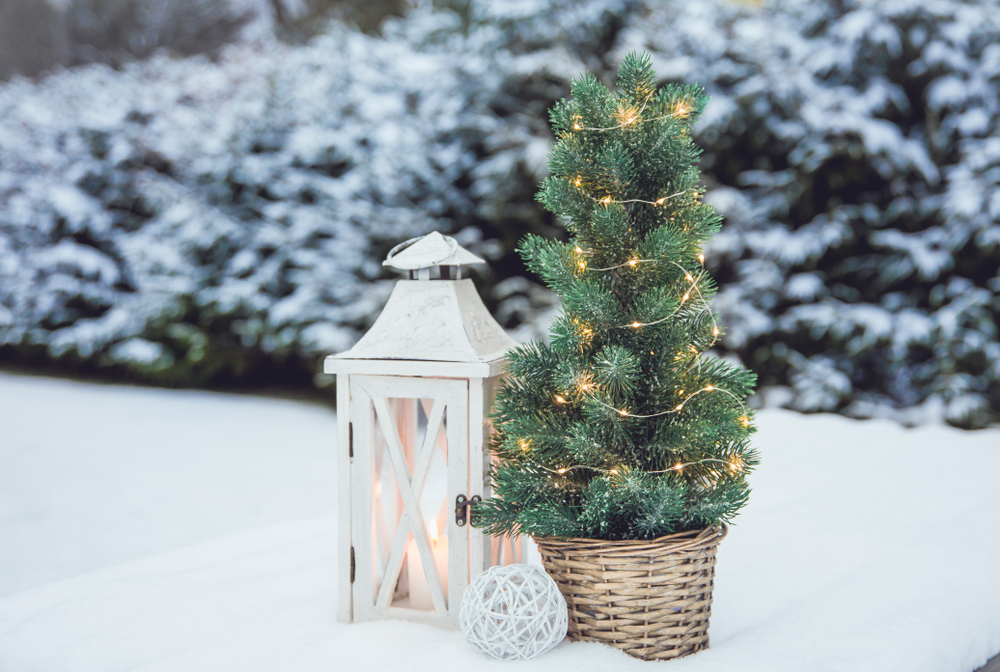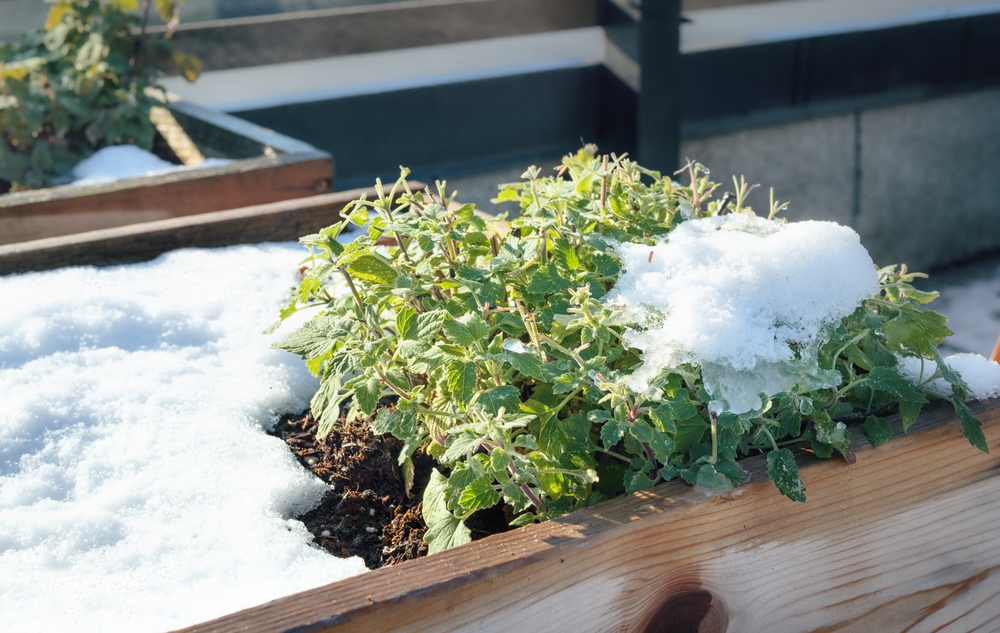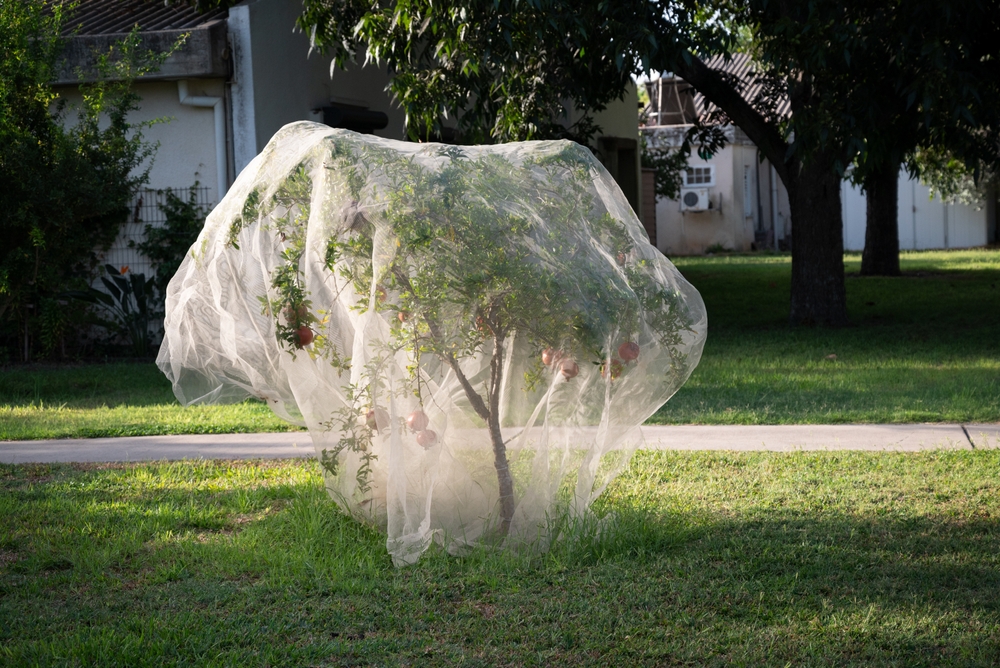Never let these toxic plants grow in your garden!
You want your garden to be a safe space, right? This is a place for relaxation, a place where you can come after a long day, or the place where you are taking care of your flowers. This sounds wonderful, and we don’t want to destroy this fantasy, but sometimes toxic plants are the ones running your garden, and you should learn how to keep them at bay.
Just imagine finishing a wedding session only to look at your arms and legs to see an itchy or painful rash. No one wants to experience that, and it is important to know what plants you should never touch.
These toxic plants can pop up very easily between your flowers and veggies, and if you are not careful enough, they can harm you without even noticing them. If you have ever come in contact with this type of foliage, you know very well how dangerous it can be, so why not learn more and be prepared to keep your garden the safe place you want it to be?
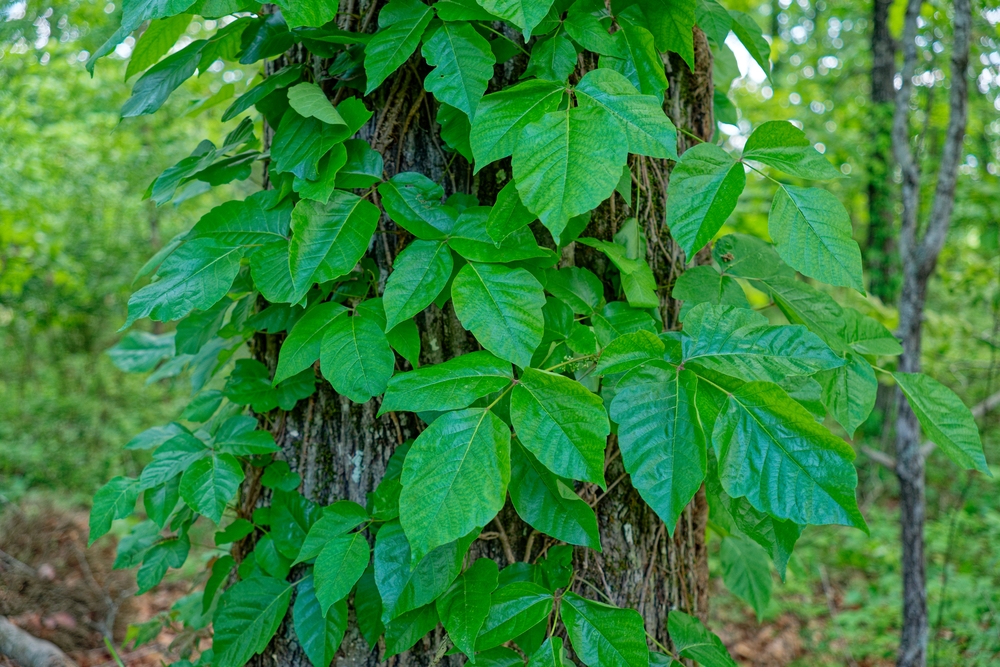
Poison ivy
This is one of the toxic plants most of us already know very well, but it is worth mentioning anyway. The three distinct leaflets are the best way to recognize it, and this is also where the famous phrase “leaves of three, stay away from me!” comes from.
The thing is that poison ivy is pretty common across the continental US, and finding it in your garden is not that uncommon. The tricky thing is that it can take many forms, from large vines that are growing on tall trees to small green foliage that you barely see. The last one is the most dangerous because it can also grow in your garden without you even noticing it!
What makes this plant so toxic is the irritating oil it contains called urushiol. This is the culprit and is found in all parts of the plant, from leaves to stems. Once your skin touches the plant, it will develop an extremely itchy rash that sometimes can even be painful.
If your clothes ever touch some poison ivy, make sure you put them in the washing machine immediately!
Common Nettle
You were not expecting to see the nettle on a list of toxic plants, right? Well, here it is, but to be true, it is not among the dangerous ones. But if you have it growing randomly in your garden, it can be quite annoying because it stings if you touch it.
If you are living in a moist area, you need to know that nettles love it, and there is a higher chance for them to grow in your yard compared to those living in more arid areas.
These plants are innocent for the most part, but that burning sensation is not something you can mistake for something else, and we know that you don’t want to become the victim of nettles while enjoying some time in your garden.
Nettles spread very easily, and generally, you will not have them as individuals but as large patches. Most of the time their favorite spots are streambanks and wet forest edges, but they are not pretentious and can grow carelessly anywhere they find some moisture.
But these plants have some tiny, hair-like spines covering their leaves and stems, and this is what makes them dangerous. Once you touch these spines, you will get irritated.
Cow parsnip
This plant is native to the United States and is also one of the toxic plants you should avoid growing in your garden. The good part is that it’s easy to spot because it’s huge. It prefers moist soil that is often found in meadows, marshes, and the banks of rivers and streams.
It grows fast, and it has a cluster of short leaves in the first year of life. It can rapidly branch, forming umbels of tiny white flowers at the top of the plant.
The main problem is the sap found in the leaves and stems because it contains a compound part of the furanocoumarins class. When this compound gets on your skin and you are exposed to sunlight, it can trigger a blustery rash. So, make sure you never rug against the leaves and stems of cow parsnip.
Poodle-dog bush
This is an interesting plant, native to southern California, and what makes it so special is that it loves to grow in the areas that were recently burned by wildfires. The flowers are beautiful, and the story is truly one that you’ll remember, but this is one of the toxic plants.
Most of the time, the poodle-dog bush is really useful because it has some deep roots that keep the bare soil in place. You can easily recognize the plant because it looks like a small shrub and has long stems that are full of narrow leaves. The name of this plant comes from the way its older leaves curl down and the whole shrub looks like a poodle.
Now, this is among the toxic plants because its leaves are covered in tiny hairs that once they touch the skin cause a red and itchy rash. Also, remember that the hairs can remain stuck to clothes, so be careful.
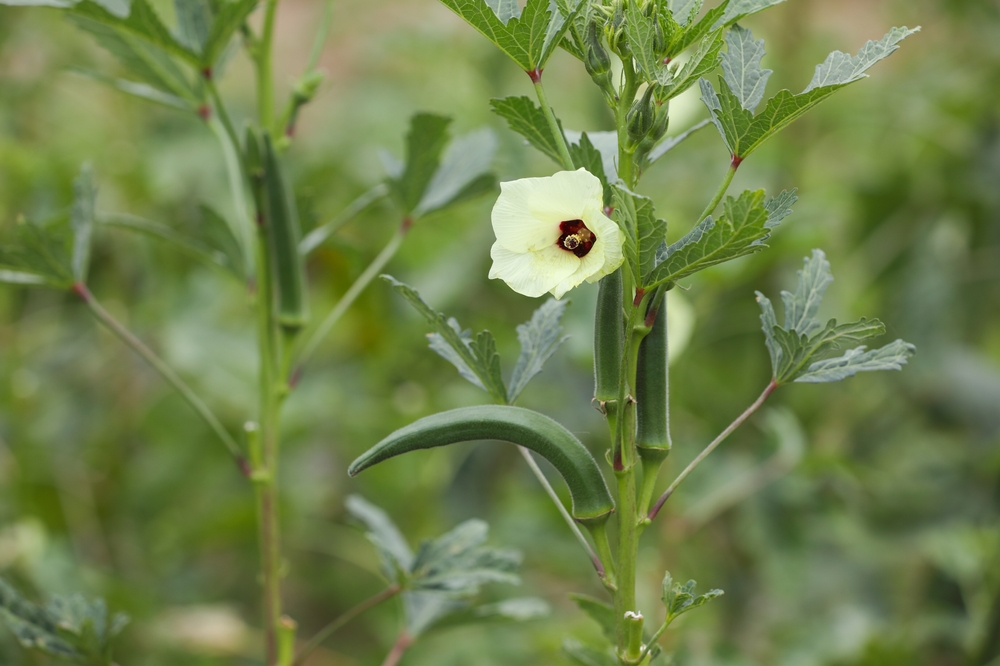
Okra
The leaves of this plant are extremely itchy, so be aware that the “okra itch” is a serious thing! If you ever need to be in the proximity of this plant, make sure you are wearing gloves and long sleeves because this is the easiest way to protect yourself from it.
Indeed, if you want to get those delicious fruits, you’ll need to touch the pants to harvest them, but you should know about how toxic these plants can be so you can get prepared beforehand.
Compared to the other plants we have on this list, the exact cause of the “okra itch” has not yet been discovered. Some say that the small hairs are to blame; others believe that they secrete some enzymes that break down the protein, causing the rash.
All you should do is make sure you are covering yourself up before harvesting, and you should be fine.
Annual ragweed
Ragweed is a common plant that is found all across the United States. They have lobed leaves that have a lacy and rounded look. The plant grows pretty fast, and it develops a woody stem that keeps branching.
Most people know about the ragweed because they are allergic to its pollen. During late summer and fall, the plant produces a lot of pollen that causes runny noses, itchy eyes, and sneezing.
But these are the symptoms that are caused just by the pollen. If you touch the leaves of ragweed, you can get a rash. Most of the time, the rash and itchiness appear a couple of days after touching the plant. Because of this, you should avoid exposing your bare skin when you are around this plant.
Next time you have a job to do in your garden, better grab a pair of gloves: OTECKO Safety Work Gloves with Latex Rubber Coating, Non-Slip Grip, Breathable and Washable, Pack of 10 Pairs
You should also read more about Fall Garden Cleanup: 15 Things to Do Before Winter

